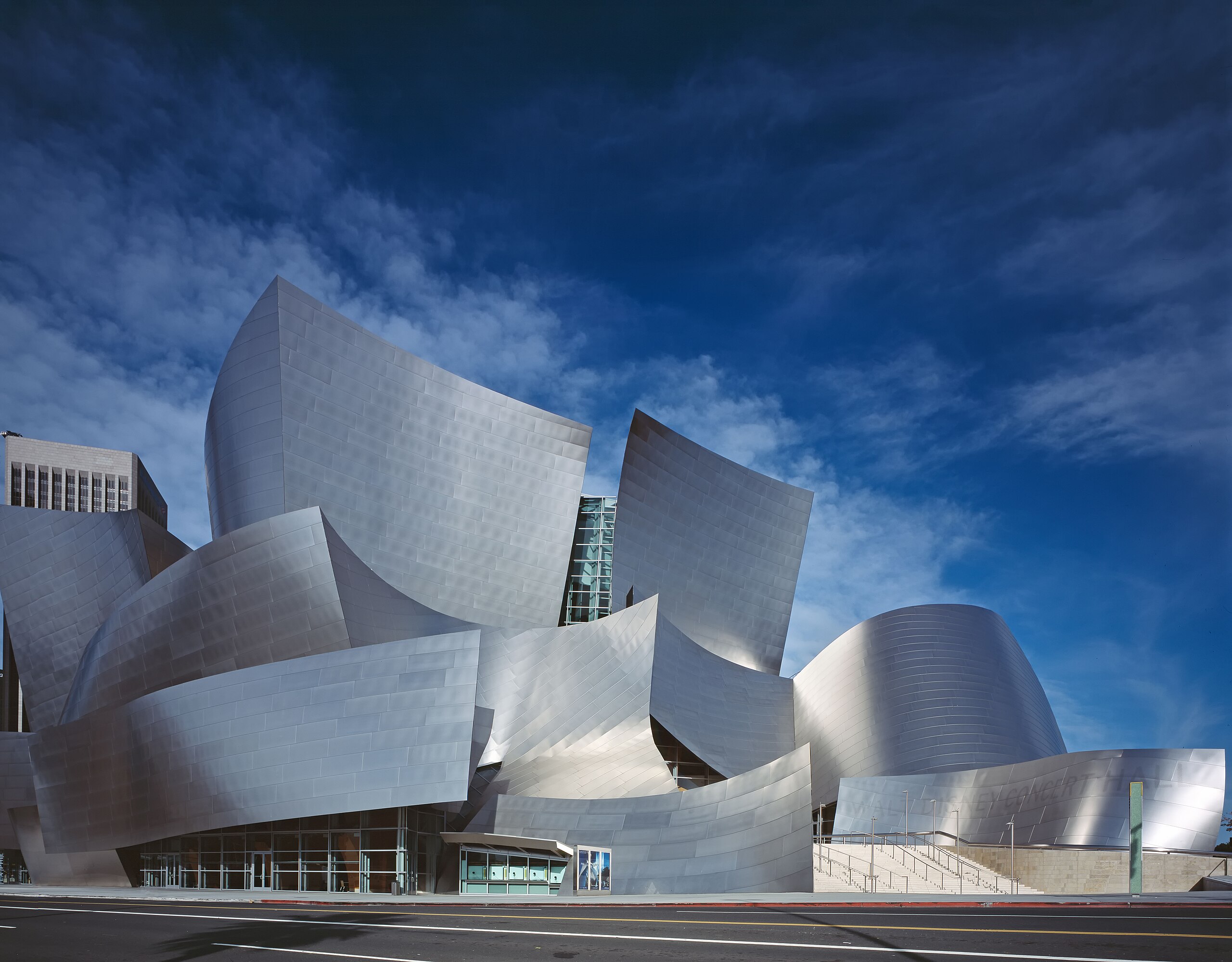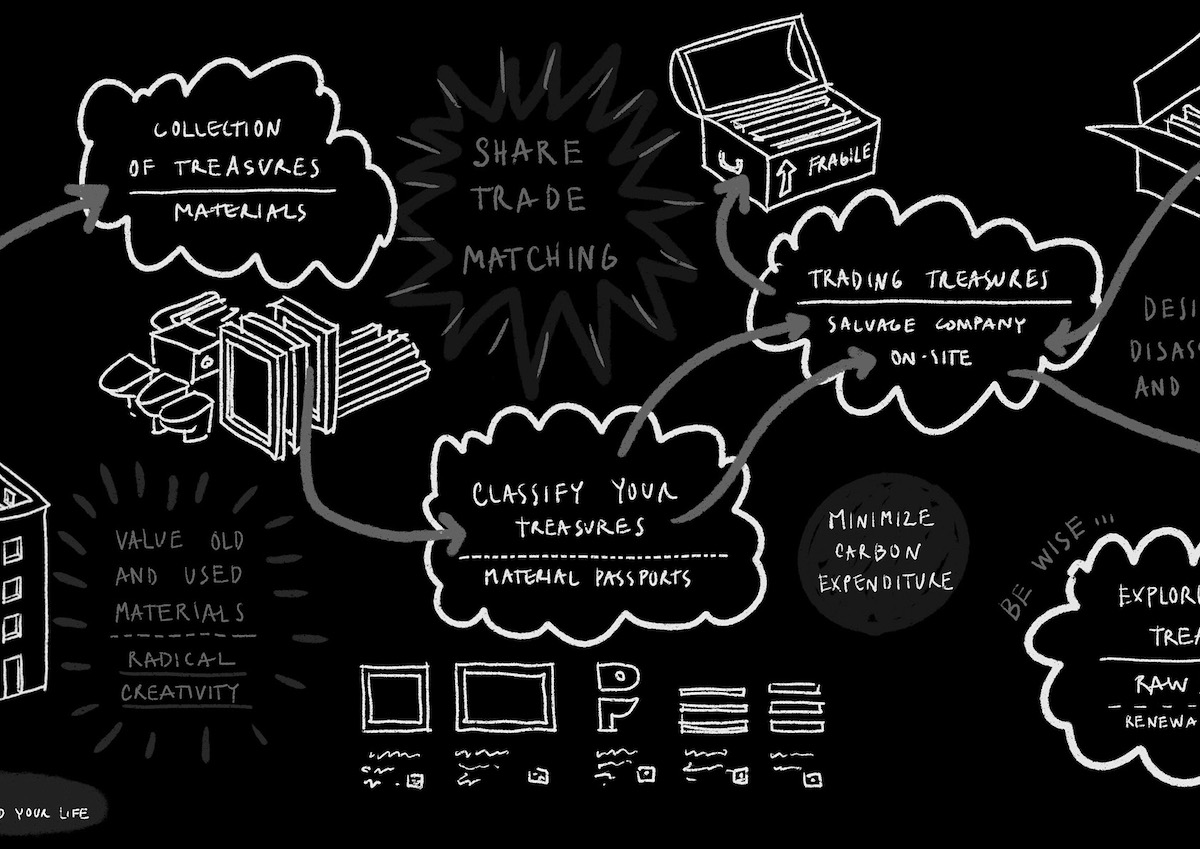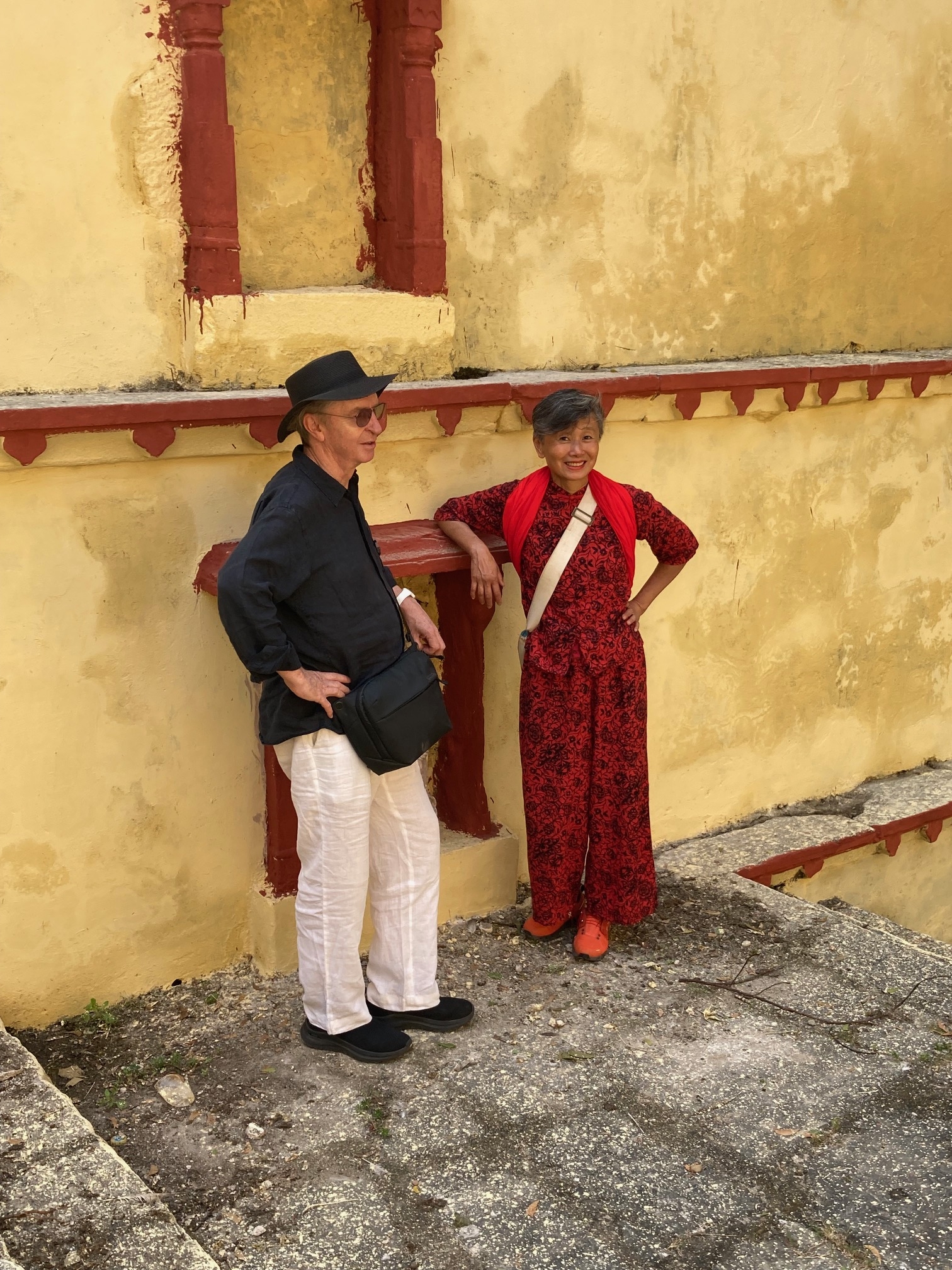As two exhibitions celebrate major unrealised works of architecture, Robert Harbison considers our enduring interest in the unbuilt
Unbuilt buildings exercise a strange fascination. So much so that I can imagine a history of architecture that upended the normal proportions, telling the story mainly through projects that didn’t get built and only bringing in actual buildings to show how far reality lags behind the human imagination at its most inventive and outlandish.
This inversion works better in some periods than others and only makes much sense if your history begins in the late-eighteenth century with Boullée and Ledoux, revolutionary French architects who’ve recently had far more influence than their record of actual building would ever lead you to expect.
Plan of unbuilt tower for Mansion House Square in the City of London, designed by Mies van der Rohe in the 1960s. Top: model montage of the Mies tower (ph: John Donat/RIBA Collections). Included in ‘Mies van der Rohe and James Sitrling: Circling the Square’ at RIBA, London until 25 June 2017.
The great unbuilt architects include Piranesi, Leonidov, Sant’ Elia, Paul Rudolph and Zaha Hadid – the last two included because you cannot get a real grasp of them without knowing their unbuilt projects. Rudolph’s thrilling proposals for decorating the mercifully unbuilt Lower Manhattan Expressway with massive fortified gates and gargantuan housing in canyon and pyramid forms would probably be horrific if they had come to pass. The same is true of the endless spaces of Leonidov’s new proletarian districts and the impossibly tall towers of his later designs.
The Guggenheim Museum in New York… got built in its unlikely location in spite of everything, but it’s still a failure, which it wouldn’t be if it had remained on paper”
These reflections are prompted by the current exhibition at the Design Museum which takes six unbuilt projects from 1920s and 30s Moscow and links them with other arts of the period. Construction only came anywhere near happening with one of the six, the most preposterous of all, the so-called Palace of the Soviets, a retrograde design that put itself in macho competition with the latest American skyscrapers, matching them in height by the cheap trick of a mammoth portrait of the ruler (recently deceased) stuck on top. The ‘Palace’ was innovative only in its scale, but competitive gigantism is also found in technically adventurous unrealised projects like Tatlin’s spiral tower that had its eye on Eiffel’s in Paris, whose height it would have exceeded by a third.
It’s hard to keep things in proportion. Doubtless many of the best unbuilt buildings were never intended to be realised: Leonidov’s, almost certainly, Melnikov’s Ministry of Heavy Industry in the form of a giant ‘M’, for sure. It exists in a series of Piranesian perspectives taken from weird angles that exaggerate the difficulties you would have getting in. Piranesi himself specialised in forms of terror, taking existing structures and finding dark emotions in them that most Romans had never noticed.
Rudolph’s cutaways for the LME canyon in a gloomy Manhattan of the future show something more like a ruin than a building and could hardly have been intended to sell it to prospective residents. Le Corbusier’s Plan Voisin envisaged knocking down the best part of central Paris to make room for 24 identical towers in an immense greensward: did that really seem a practical proposal, even to the greatest architect of the century? How real is megalomania, ever? Did Hitler expect to see all Speer’s vistas materialise, that he liked to imagine in ruins, centuries hence?
Did Frank Lloyd Wright really think he could impose an alien geometry on the whole of Ellis Island? Toward the end of his life Wright did go further toward impossibility than the gravity defying cantilevers of earlier projects like Fallingwater. The Guggenheim Museum in New York took the old idea of a spiral building, wild enough in itself, and turned it upside down so it shrinks as it nears the ground. It got built in its unlikely location in spite of everything, but it’s still a failure, which it wouldn’t be if it had remained on paper.
The story of how a promising project failed to get built can be extremely interesting, but it isn’t always the same story by any means. The cause may have little or nothing to do with architecture: the client dies, a government changes, war or financial crash intervenes. Such seeming accidents aren’t truly accidental, just dramatic signs that architecture never stands completely apart, in the realm of pure form. In fact it is often just those features which seem most unlikely, most unbuildable, in contemporary architecture, like toppling forms or elements left without support, that are most clearly dictated by the precarious times we are in.


















